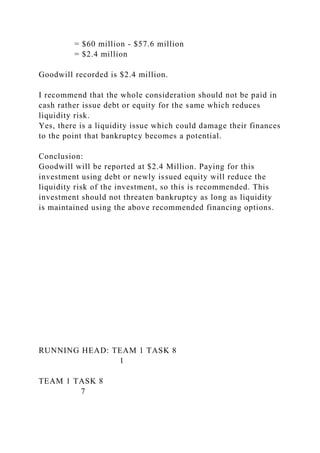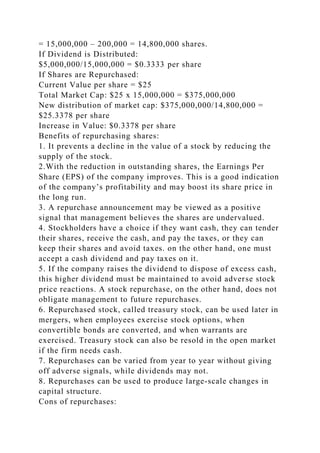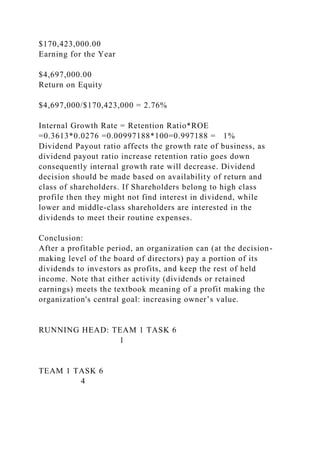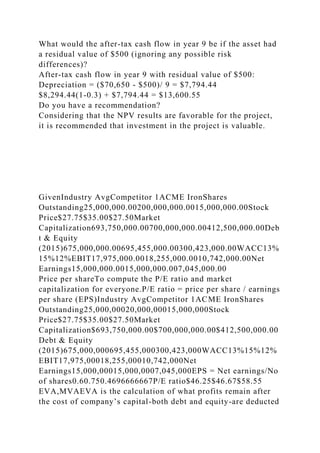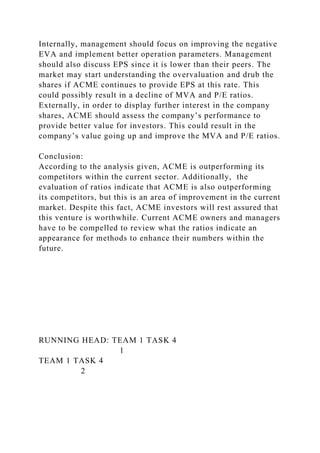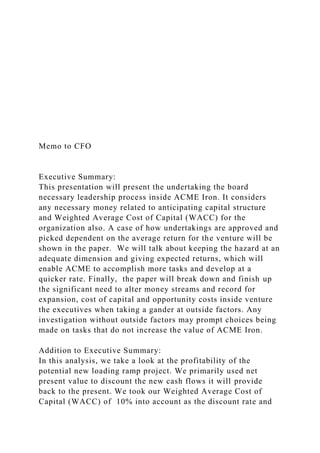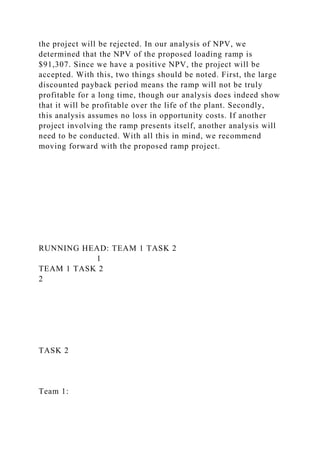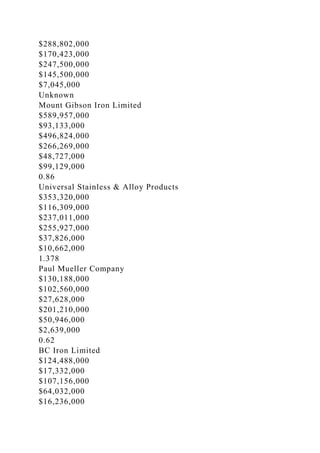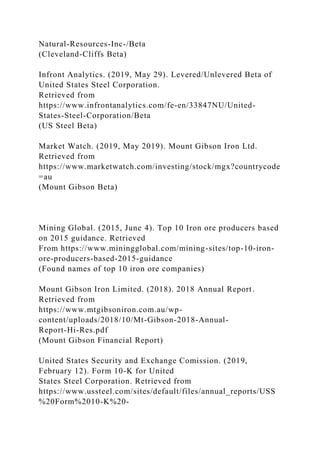The document discusses Acme Iron's potential acquisition of Martin & Sons for $60 million, which would result in a goodwill of $2.4 million to be recorded on its balance sheet. Due to liquidity concerns, it is recommended that Acme finance the acquisition through debt or equity rather than cash to mitigate bankruptcy risks. Additionally, the document recommends a share repurchase over dividend distribution for better EPS, citing various advantages and disadvantages of both strategies.


